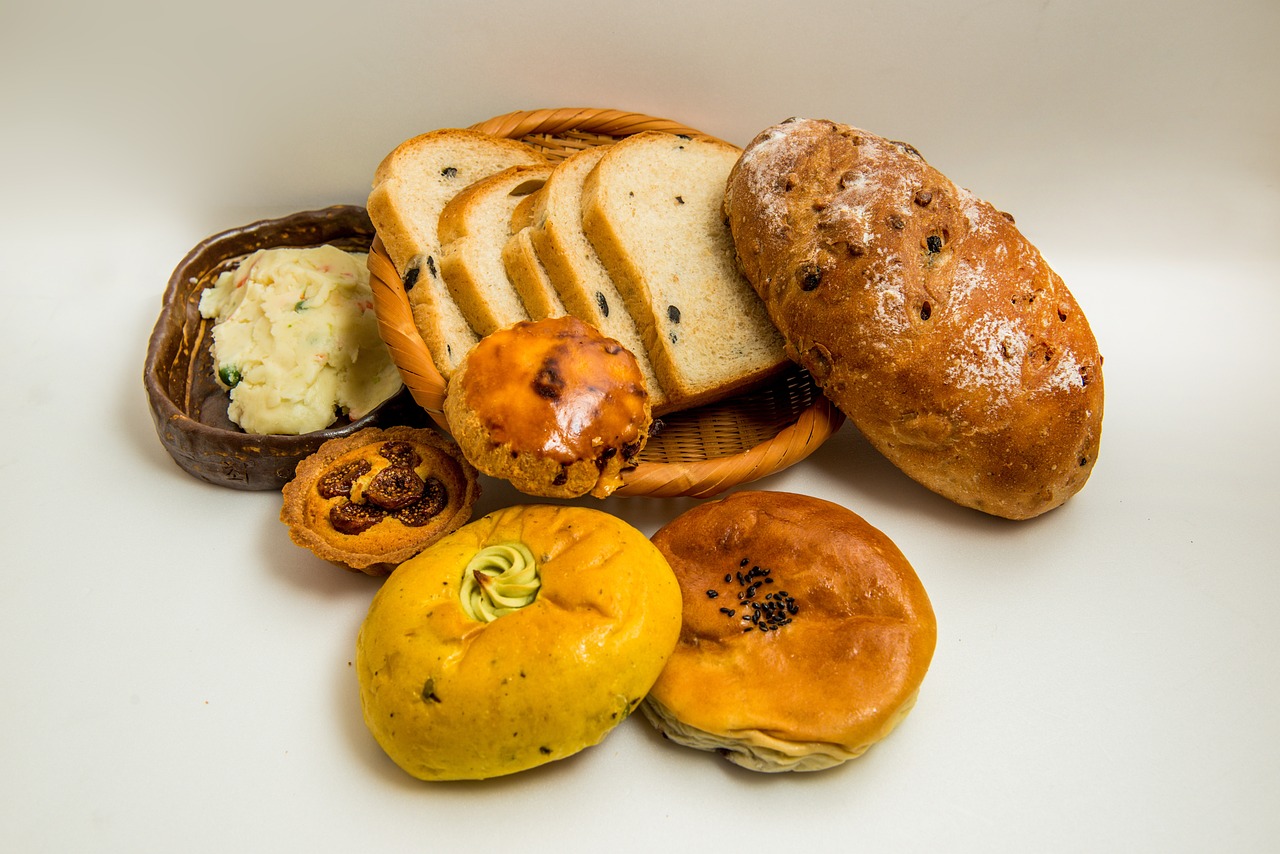The Impact of Food Delivery Apps on Institutional Food Service: Allpaanel mahadev book, Lotus book 365 registration, Laserbook 247
allpaanel mahadev book, lotus book 365 registration, laserbook 247: The Impact of Food Delivery Apps on Institutional Food Service
In recent years, the rise of food delivery apps has significantly impacted the food service industry. As more and more people turn to these convenient platforms to order meals from their favorite restaurants, institutions such as schools, hospitals, and workplaces have also started to feel the effects of this trend. In this article, we will explore the various ways in which food delivery apps have influenced institutional food service and how these establishments are adapting to meet the changing demands of their customers.
The Convenience Factor
One of the most significant impacts of food delivery apps on institutional food service is the increased demand for convenience. With the rise of on-demand delivery services like Uber Eats, Grubhub, and DoorDash, customers now expect their meals to be delivered quickly and efficiently, regardless of where they are located. This shift in consumer behavior has put pressure on institutions to offer delivery options for their food service offerings, in order to remain competitive in the marketplace.
Enhanced Customer Experience
Another key impact of food delivery apps on institutional food service is the heightened focus on customer experience. As more institutions begin to offer online ordering and delivery services, they are able to provide a more streamlined and personalized experience for their customers. By allowing patrons to place orders through a mobile app or website, institutions can gather valuable data on their preferences and ordering habits, which can be used to tailor their menu offerings and marketing strategies accordingly.
Increased Competition
Food delivery apps have also intensified competition within the institutional food service industry. As more restaurants and food service providers join these platforms to reach a wider audience, institutions are facing increased pressure to differentiate themselves and attract customers. This has led to a greater emphasis on menu innovation, pricing strategies, and marketing efforts, as institutions strive to stand out in a crowded marketplace.
Operational Challenges
While food delivery apps offer numerous benefits to institutional food service providers, they also present some operational challenges. Institutions must carefully manage the logistics of delivery, including ensuring timely delivery of orders, maintaining food safety standards, and managing customer expectations. Additionally, institutions must navigate the fees and commissions charged by food delivery apps, which can eat into profit margins and impact overall profitability.
Adapting to the Changing Landscape
In order to thrive in the age of food delivery apps, institutional food service providers must be willing to adapt and evolve. This may involve redesigning menus to cater to the preferences of delivery customers, investing in technology to streamline the ordering and delivery process, and developing creative marketing campaigns to attract new customers. By embracing these changes and staying ahead of the curve, institutions can position themselves for long-term success in the evolving food service landscape.
Navigating the Future
As the popularity of food delivery apps continues to grow, institutional food service providers must remain vigilant and proactive in order to stay relevant and competitive. By embracing new technologies, listening to customer feedback, and continuously refining their offerings, institutions can not only survive but thrive in the competitive world of food service delivery. The key is to stay nimble, adapt to changing consumer preferences, and deliver exceptional service that keeps customers coming back for more.
FAQs
Q: How can institutions differentiate themselves in the crowded food delivery marketplace?
A: Institutions can differentiate themselves by offering unique menu items, providing exceptional customer service, and leveraging technology to enhance the ordering and delivery experience.
Q: What are some of the operational challenges associated with food delivery apps?
A: Operational challenges include managing delivery logistics, maintaining food safety standards, and navigating the fees and commissions charged by food delivery apps.
Q: How can institutions stay ahead of the curve in the age of food delivery apps?
A: Institutions can stay ahead of the curve by embracing new technologies, listening to customer feedback, and continuously refining their offerings to meet the changing demands of customers.







